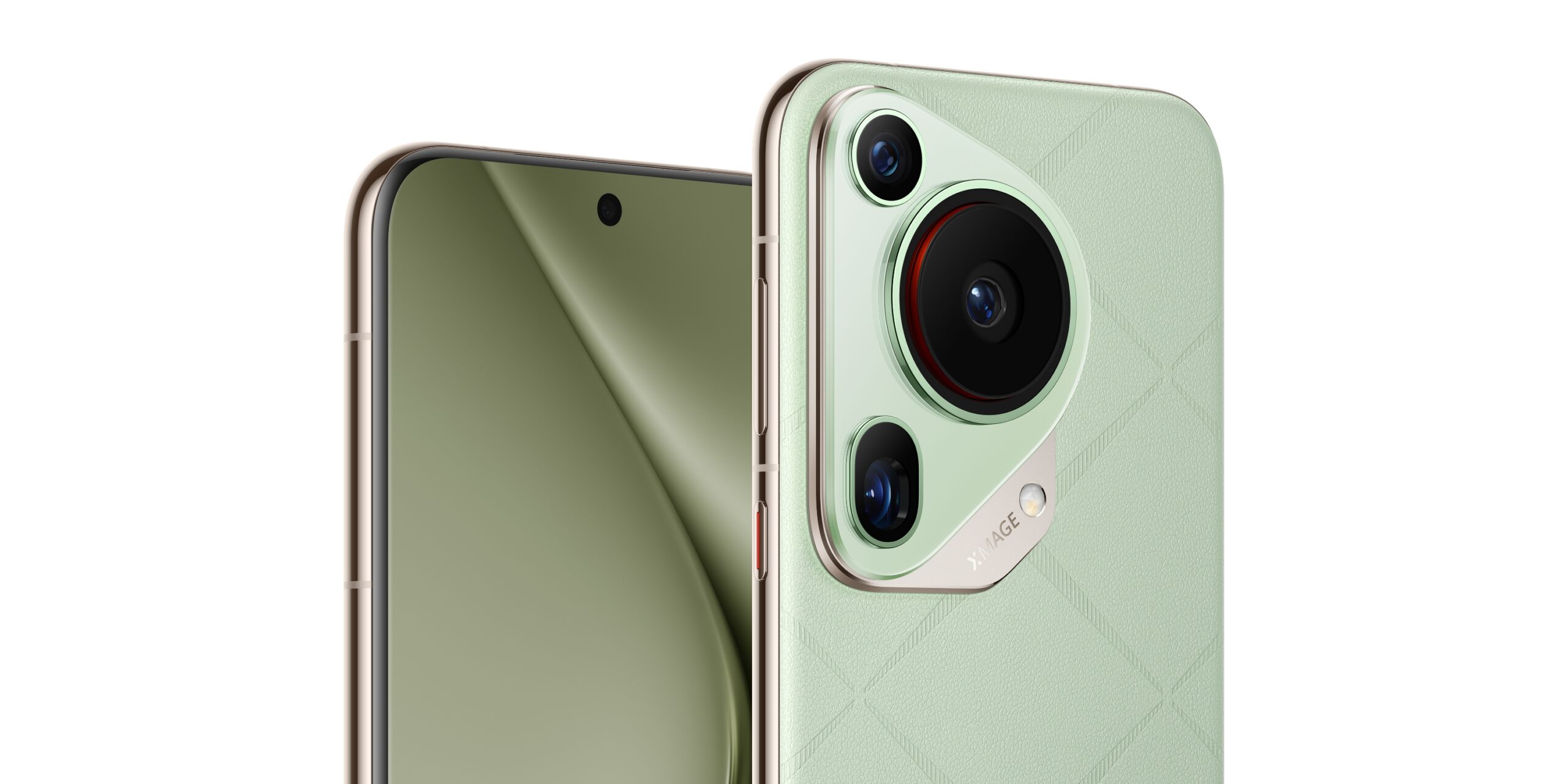We review Lenovo’s P1
Ask anybody what their main considerations are when buying a new phone, and many of them will tell you that it’s battery life. It’s not surprising: no matter how fast, how powerful or how good the camera on a smartphone is, if it can’t get through an entire day without needing to be charged, all of those features are for naught. But what if there was a smartphone that could go three days without a charge? Would you sacrifice other specs just to get that longevity? We’ve spent a number of weeks trying to answer that question with Lenovo’s P1 – the company’s newest smartphone that’s supposed to be the answer to all your battery woes.
Lenovo Vibe P1 specs
- Qualcomm Snapdragon 615 octa-core processor
- Adreno 405 GPU
- 2GB of RAM
- 5.5-inch full HD display, 1920 x 1080 resolution
- 32GB of storage, expandable
- 13-megapixel rear camera with flash
- 5-megapixel front camera
- 3G, LTE
- WiFi, Bluetooth, GPS, A-GPS
- Android 5.1 Lollipop with Vibe UI
- 5000mAh battery
Unoriginal as designs go, but the full metal build is a nice touch
Lenovo has a habit of “adapting” the designs of its competitors wholesale without radically modifying them. It’s a shame really – we know that the global company has the design chops to pull off really nice designs, so we’re stumped why they keep on copying the look of their competitors. For the P1, Lenovo’s taken a lot of design inspiration from HTC’s One M7. The resemblance really is uncanny, at least when you look at the phone at the back and the unibody aluminum build further reinforces that feel.
On the flipside, Lenovo also went to great lengths to copy the build quality of the One M7 as well. It’s a sturdily built phone, and feels hefty but not overly heavy. The phone is quite chunky, coming in at 9.9mm thick but considering it has a 5000mAh battery inside that’s quite understandable though slapping on the included back case will increase that by a few mm. Try as you might, you won’t see the dual-SIM slot or microSD slots on the side of the phone.To reveal those, you’ll have to pop open the top of the device (the only part of the back that’s plastic) by pulling on the top of the phone towards you, with the back facing you. The phone’s edges are chamfered and beveled which adds to the premium feel of the device.
This allows the P1 to use both SIM slots and the microSD slots. Phones in the P1’s price range that uses premium, metal bodies usually required users to choose between an extra SIM slot or additional storage. With the P1, you can have both.
The volume and power buttons are on the right side of the phone while the 3.5mm jack and USB port are located on the top and bottom, respectively. The phone uses bottom-mounted speakers for audio which are quite loud – loud enough that we could hear it even inside a noisy fast-food restaurant. On the left side you’ll see a switch that activates the P1’s power saving mode. Flicking the switch cuts the power consumption of the phone drastically by turning off WiFi, data, and all the other functions in your phone that would otherwise consume juice, essentially turning your phone into a glorified featurephone.
The Vibe P1 uses a 5.5-inch full HD IPS display, protected by Corning’s Gorilla Glass 3. Just like Lenovo’s other phones, the Vibe P1’s display performs rather well, with excellent viewing angles, good color reproduction, and good color saturation.
Situated on the bottom of the Vibe P1’s display is the physical home button that also doubles as a fingerprint scanner. Two capacitive buttons flank it on either side (previous apps, back) for navigation. The fingerprint scanner on the Vibe P1 is quick and responsive.
As usual with any Lenovo phone, the Vibe P1 uses the company’s Vibe UI. It’s a new take on Android and removes the app drawer and puts all the apps out in the open. You can customize themes, and additional features like Lenovo’s Vibe apps, as well as additional (read: bloatware) apps pre-installed.
Mid-range processor but RAM needs a boost
To keep the lights on longer, Lenovo opted to pair the massive 5000mAh battery with a mid-range SoC that’s been proven to be the most power-efficient in its class. Obviously, that means Qualcomm’s Snapdragon 615-octa core processor. While the processor is more than enough for most tasks and light to moderate gaming, we felt that the phone was a little sluggish after we’ve been using it awhile. It’s possible that the 2GB of RAM on board the Vibe P1 isn’t up to snuff, considering the amount of pre-installed software that’s running on the phone. Lenovo’s Vibe UI can also be a source of the slowdown. You can speed up the phone at the end of the day by clearing your memory of apps, but that could have easily been solved if Lenovo just put in 1GB of RAM more into the P1.
As far as benchmarks go, there are no surprises in store for the Snapdragon 615 processor. Like we said, it’s good enough for most tasks, along with light to moderate gaming. You will get hit by some lag spikes depending on how graphically intense the game you’re playing though, but simpler games like CoC will have no problems.
Surprisingly good camera
If there’s one thing we expected Lenovo to skimp out, it would be the camera on the P1. On paper the P1’s camera is rather decent: 13-megapixel sensor paired with phase detection AF as well as a dual-tone, LED flash. We usually don’t judge cameras on phones by just the specs on paper alone – we’ve seen several phones before that should have completely aced the camera portion of the test with the specs that they had but didn’t, so we’re a little wary of the P1.
We shouldn’t have worried. Lenovo didn’t skimp on the camera portion of the P1, as the device managed to get clear snaps. Focus is fast and consistent, and photos came out good with excellent colors. Low-light performance isn’t the best and noise will be a problem once it gets dark enough but for the price, the P1’s camera is more than enough.
The longest battery in a phone we’ve tested
So, we’ve come to the part that everybody has been waiting for. Does the P1’s 5000mAh battery really deliver the goods? Short answer is yes. On our standard PCMark Battery benchmark, the Vibe P1 managed to achieve a battery life of 12 hours and 37 minutes. That’s the highest score we’ve ever achieved for any phone in PCMark’s battery benchmark since we’ve been using it this year.
In actual use, the Vibe P1 managed to last us a good two days before needing to be charged. And when you do need to charge it, the Vibe P1’s included fast charger can fill it up from 0 to 100% in just an hour.
Verdict: A really solid mid-range smartphone that can go on for days
Going into the review we were afraid that the Vibe P1 was just another one trick pony – a phone that had a massive battery at the detriment of everything else. In truth, it’s one of those rare phones that manages to get almost everything right – solid if uninspired design, good enough performance, excellent camera and awesome battery endurance that can go for days.
The Lenovo Vibe P1 retails for Php 14,999.



















